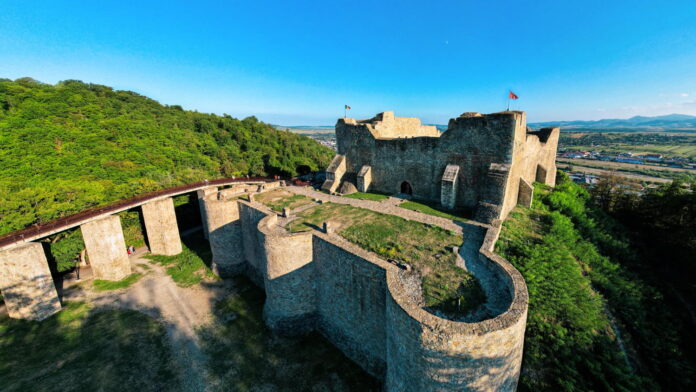Table of Contents
Oldest Countries in the World , Even though human life has existed for millions of years, actual civilizations started forming much later. Around 6500 BCE, people began to move away from their nomadic lifestyles and started settling in one place, building communities and developing the land.
These small settlements slowly grew into large cities, and eventually, the idea of countries and nations was born. Many of the world’s oldest countries were formed not long after civilization began—and the countries on this list have roots that go back thousands of years.
1. Egypt
Founded Around: 6000 BCE
Known Founder: King Narmer (also known as Menes)
Capital: Cairo
Population (as of 2025 estimate): Approximately 107 million people
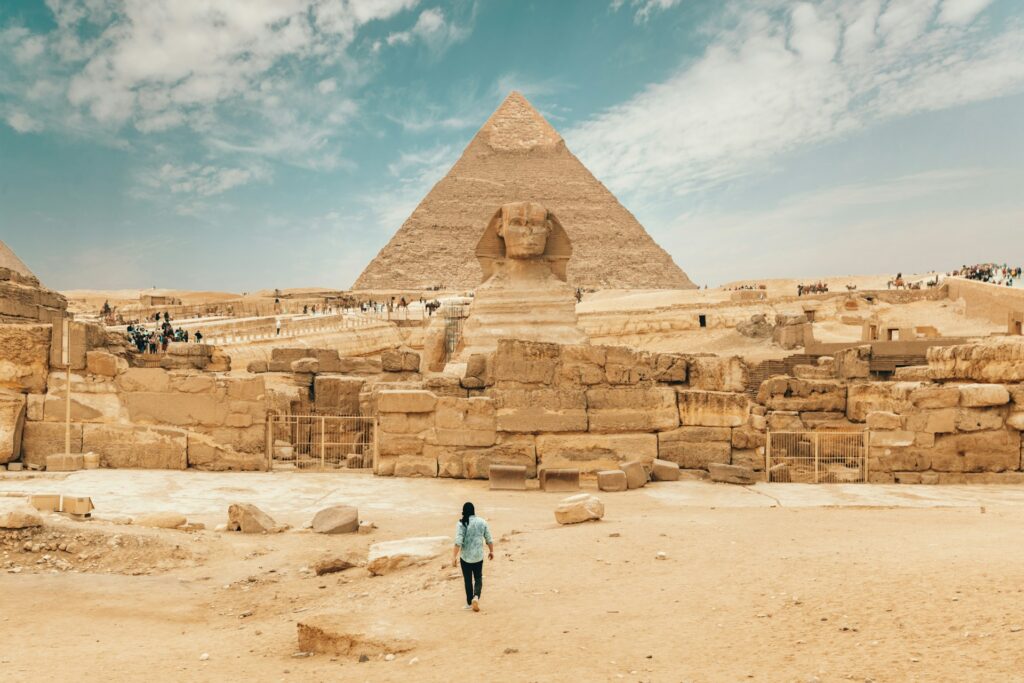
Ancient Egypt’s roots trace back to 6000 BCE when hunter-gatherers settled along the Nile. The first dynasty began around 3100 BCE, with King Menes (or Narmer) unifying Upper and Lower Egypt, making Egypt the world’s oldest country. Narmer controlled the entire Nile and established the capital at Memphis. Egypt was ruled by successive dynasties until Alexander the Great’s conquest in 332 BCE. Modern Egypt was founded in 1953 following the Egyptian Revolution of 1952.
Did You Know?
Although Egypt has a large population, most of its people live along the Nile River, as this is the only region with arable land, covering about 40,000 km² (15,000 sq mi).
2. India
Founded Around: 3300 BCE
Known Founder: Indus Valley Civilization
Capital: New Delhi
Population (as of 2025 estimate): Approximately 1.45 billion people
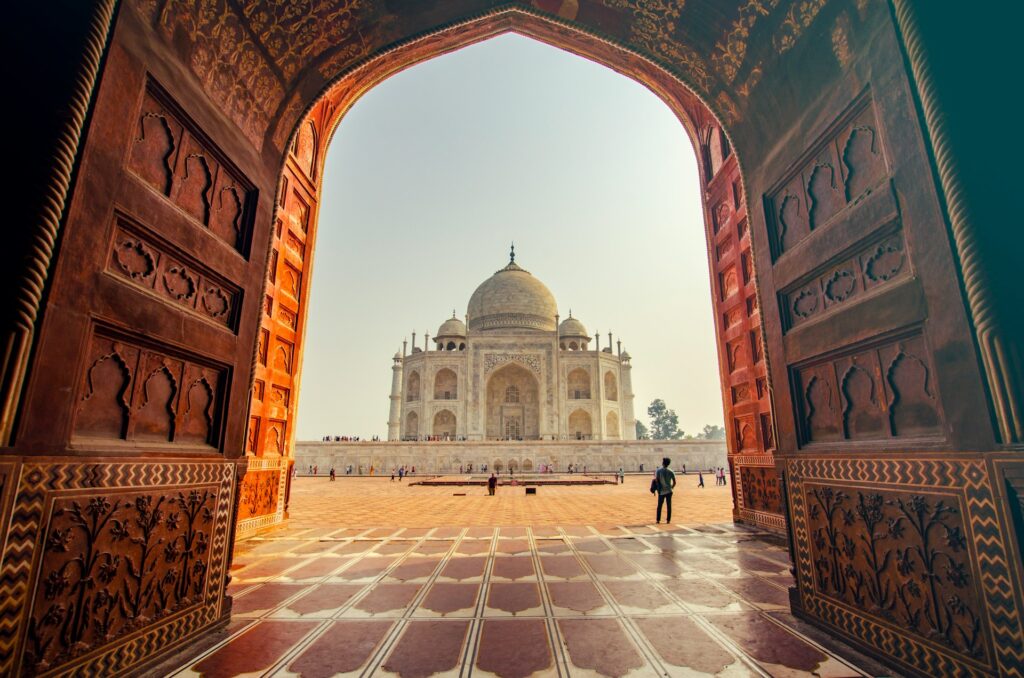
Human habitation in the Indian subcontinent began around 3300 BCE with the Indus Valley Civilization. The formation of India as a nation started during the Vedic Period (c.1500 BCE – c.600 BCE), which laid the foundation for Hinduism and other cultural aspects still present today. The first kingdoms began forming around 1200 BCE, leading to the rise of Hinduism, Jainism, and Buddhism. Powerful dynasties shaped India’s future for millennia. Modern India was founded in 1947 after gaining independence from the British Empire.
Did You Know?
India is the seventh-largest country by area and, as of 2025, the most populous country in the world, surpassing China, with a population of over 1.45 billion.
3. Afghanistan
Founded Around: 3000 BCE
Known Founder: Unknown, possibly the Indus Valley Civilization
Capital: Kabul
Population (as of 2025 estimate): Approximately 42.2 million people

Afghanistan’s history starts in 3000 BCE, when the Indus Valley Civilization is thought to have founded a colony at the city of Mundigak, close to modern-day Kandahar. Signs of minor Indus settlements have also been found around the region by archaeologists. New customs and cultures were introduced to Afghanistan by waves of semi-nomadic Central Asian migrants over time. Powerful empires later dominated the area, such as Alexander the Great’s conquests and Darius I’s Persian Empire. Numerous rulers, especially the British, have had an impact on Afghanistan. The nation was established as a unitary presidential Islamic republic in 1973.
Did You Know?
Afghanistan is an Islamic country now, but long ago, Buddhism was popular here—especially during the Kushan Empire, from the 1st century BCE to the 3rd century CE.
4. China – Founded c.2070 BCE
Founded Around: 2070 BCE
Known Founder: Yu the Great
Capital: Beijing
Population (as of 2025 estimate): Around 1.41 billion people
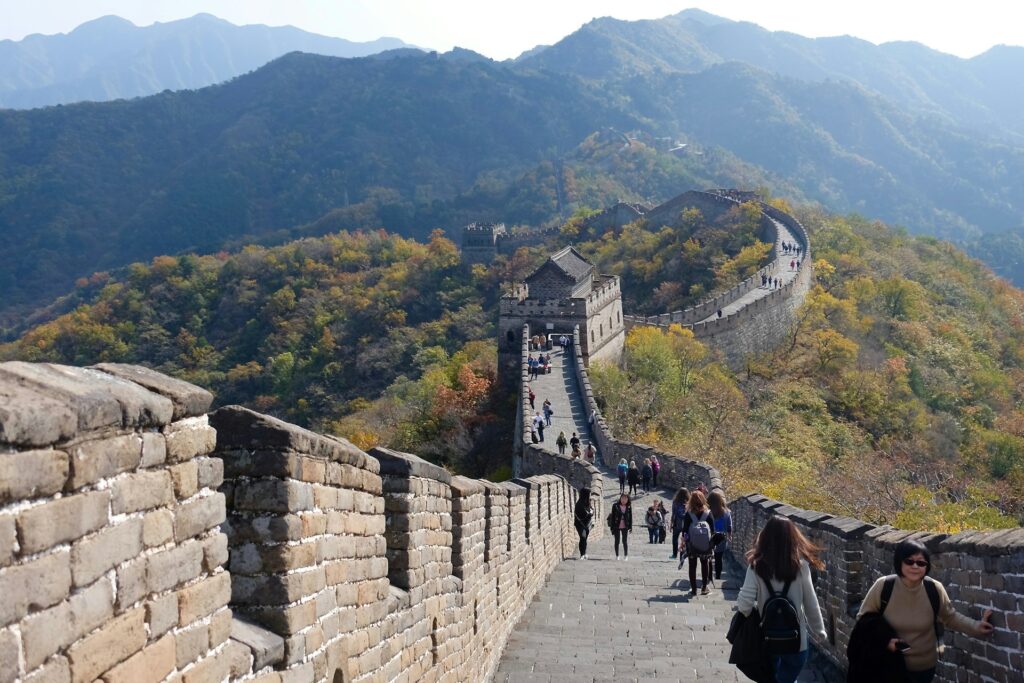
China’s first dynasty was the Xia Dynasty, which ruled from around 2070 BCE to 1600 BCE. While there are no written records from that time, historians know about the Xia Dynasty through later texts like the Bamboo Annals, the Classic of History, and the Records of the Grand Historian. China’s written history officially begins with the Shang Dynasty, which started around 1600 BCE.
Did You Know?
Ancient China gave the world many inventions, but four of them are especially famous—paper, printing, the compass, and gunpowder. These are called the Four Great Inventions and are a big part of China’s rich history in science and technology.
5. Georgia
Founded Around: 15th century BCE
Known Founder: Colchians
Capital: Tbilisi
Population (as of 2025 estimate): Around 3.7 million people
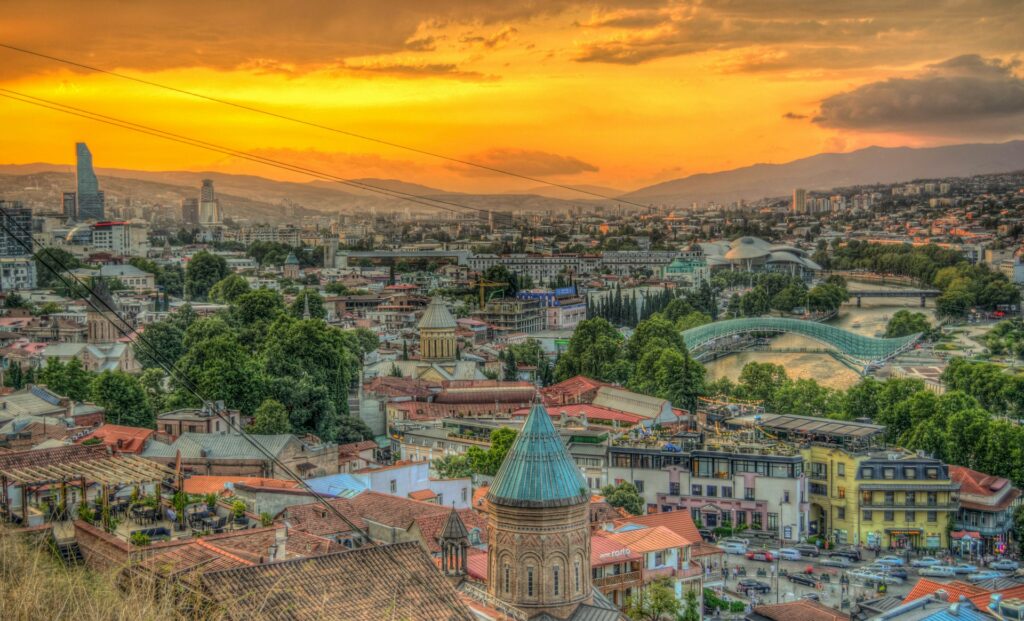
Georgia’s history dates back to the ancient Kingdoms of Colchis and Iberia around 1500 BCE. Colchis is famously linked to Greek mythology and the legend of the Golden Fleece. By the 12th century BCE, powerful tribes had already formed small states in the region. Georgia later faced conquests by the Romans, early Muslim empires, Persians, and Russians. It was also part of the Soviet Union for much of the 20th century. Georgia finally regained full independence in 1991.
Did You Know?
Georgia was the second country to adopt Christianity, around the early 4th century CE. The Georgian Orthodox Church is one of the oldest Christian churches in the world.
6. Ethiopia – Founded c.980 BCE
Founded Around: 980 BCE
Known Founder: Unknown
Capital: Addis Ababa
Population (as of 2025 estimate): Around 116 million people
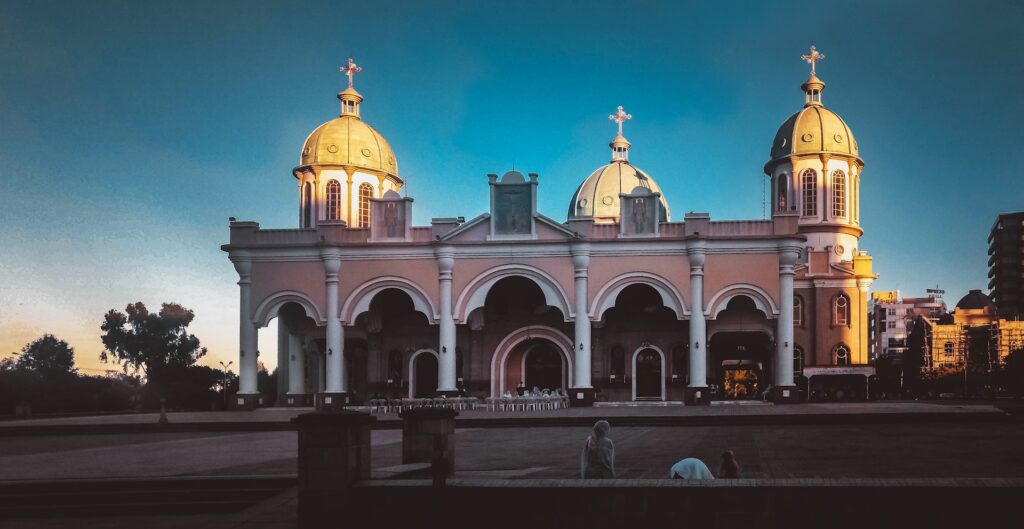
Ethiopia’s history dates back millions of years, with fossils of Australopithecus afarensis found in the region, dating back 3.4 to 2.9 million years. The first known kingdom, Dʿmt, existed from around 980 BCE to 400 BCE, where people developed irrigation, used plows, and made iron tools. After Dʿmt fell, the Aksumite Kingdom rose around 100 AD and lasted until 940 AD. This was followed by the Zagwe Dynasty and the Solomonic Dynasty. Ethiopia remained a monarchy until it was overthrown in 1974.
Did You Know?
Ethiopia is one of the only African countries to never be colonized by a European power, though it was occupied by Italy from 1936 to 1941.
7. Greece – Founded c.800 BCE
Founded Around: 800 BCE
Known Founder: Unspecified
Capital: Athens
Population (as of 2025 estimate): Around 10.5 million people
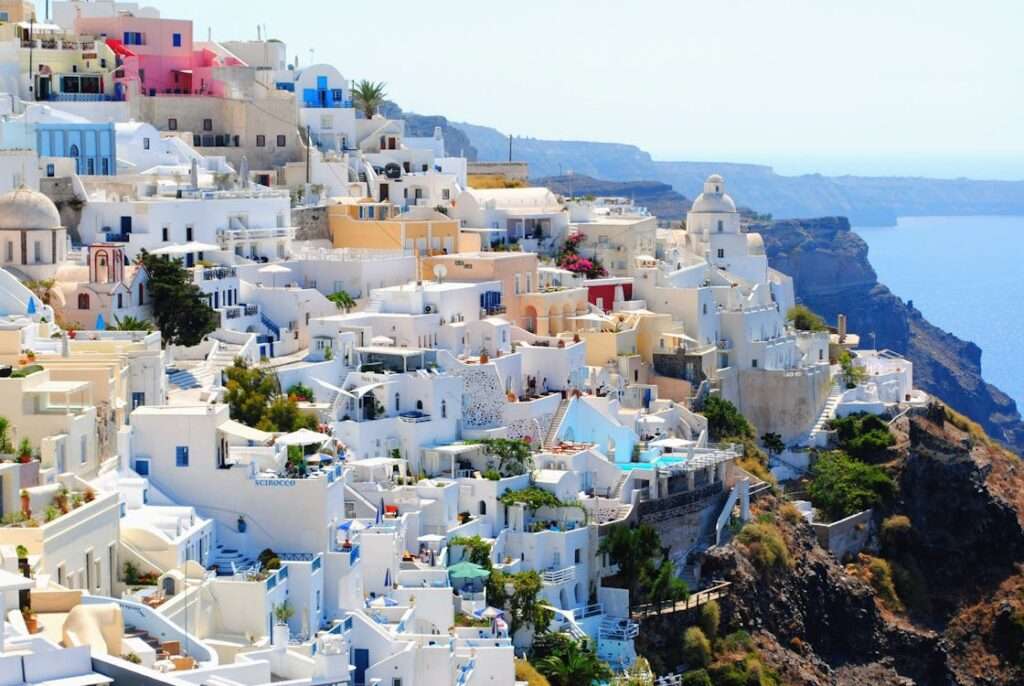
The Archaic period of Greece, starting around 800 BCE, laid the foundations for the Classical period, which shaped modern Western civilization. During this time, the Greeks made advancements in art, poetry, and technology, and most notably invented the polis (city-state), which defined Greek politics. The Greek alphabet was developed, and early forms of democracy were established. Greece’s history progressed through Roman, Byzantine, and Ottoman rule. Modern Greece emerged in 1821 after the Greek Revolution. The influence of ancient Greece continues to shape the world today.
Did You Know?
Athens, the capital of Greece, has been the country’s most important city since the 1st millennium BCE.
8. Japan
Founded Around: 660 BCE
Known Founder: Emperor Jimmu (legendary)
Capital: Tokyo
Population (as of 2025 estimate): Around 125 million people

Japan celebrates 660 BCE as its founding date, marking when Emperor Jimmu, Japan’s first emperor, is believed to have ascended the throne and started Japan’s imperial dynasty. Jimmu is considered a legendary figure, said to be a descendant of the sun goddess Amaterasu, though there’s no solid evidence he existed. The first emperors after him are also considered mythical. Historians know people arrived in Japan from the Asian mainland around 13,000 BCE, with the first recorded history emerging during the Kofun period (250–538 AD). Despite the mythic nature of Jimmu’s story, Japan celebrates National Foundation Day on February 11th to honor his ascension.
Did You Know?
Japan is famous for the longevity of its citizens, with the highest life expectancy in the world and many people living over 100 years.
9. Iran – Founded c.550 BCE
Founded Around: 550 BCE
Known Founder: Cyrus II
Capital: Tehran
Population (as of 2025 estimate): Around 88 million people
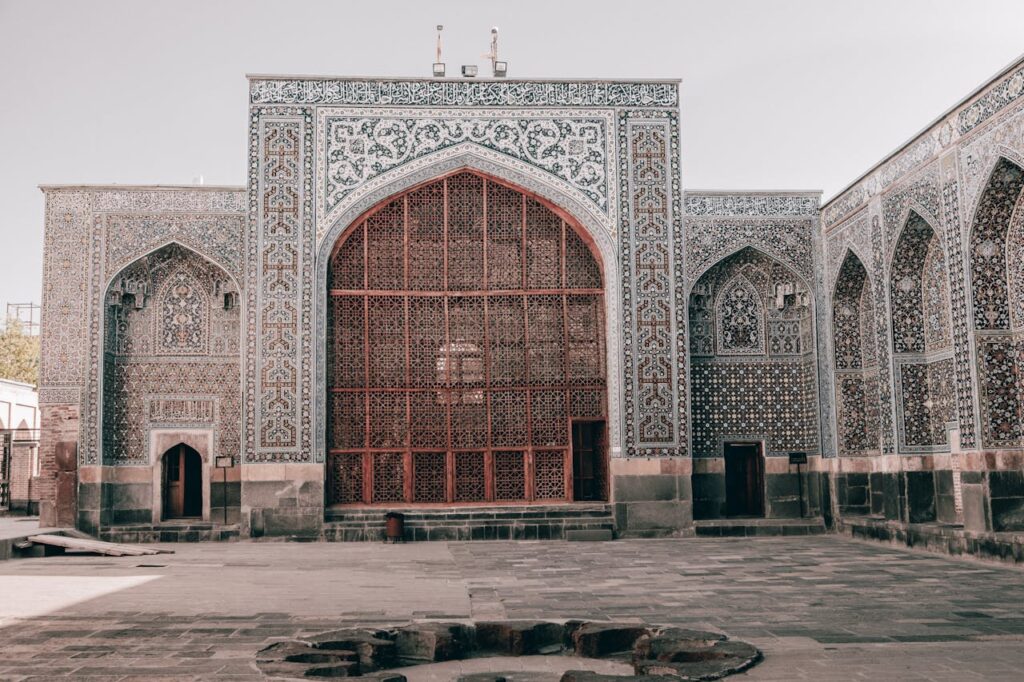
Ancient Iran, once known as Persia, was founded around 550 BCE under the Achaemenid Empire. Before Persia, the region was home to the Elamites and Medes. Cyrus II, or Cyrus the Great, established the Persian Empire by conquering the Median, Lydian, and Babylonian empires. The Achaemenid Empire ruled until Alexander the Great’s conquest in 330 BCE. Modern Iran was founded in 1979 after the Iranian Revolution, which replaced the monarchy with an Islamic Republic.
Did You Know?
Iran has a rich history and boasts 22 UNESCO World Heritage sites, ranking third in Asia and 11th in the world.
10. San Marino
Founded Around: 301 CE
Known Founder: Saint Marinus
Capital: City of San Marino
Population (as of 2025 estimate): Around 34,000 people
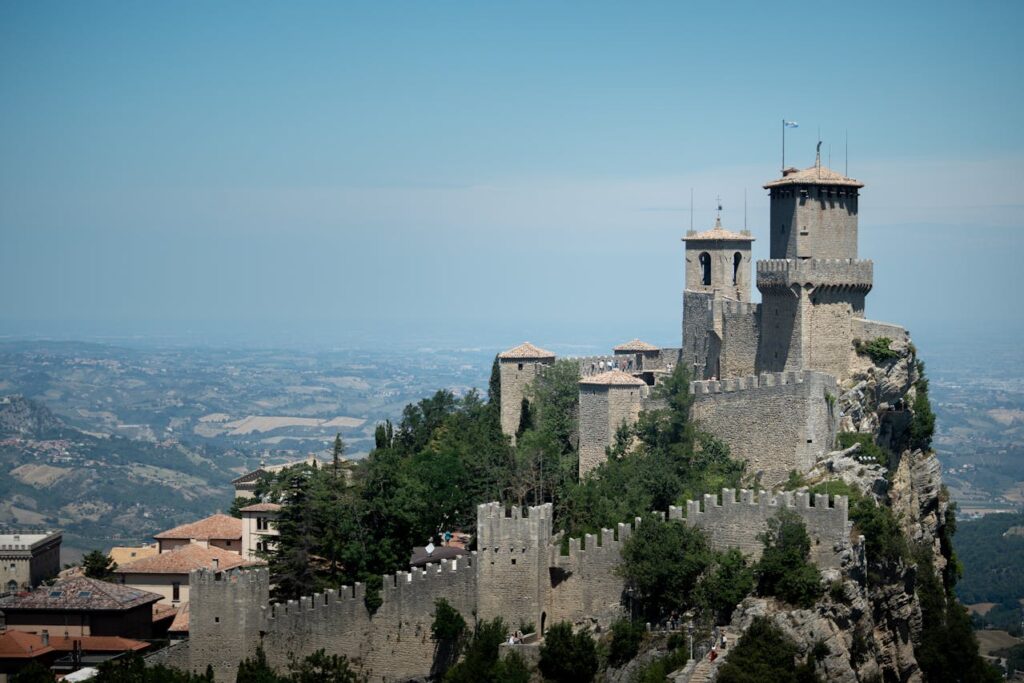
San Marino, often considered the world’s oldest city, has been an uninterrupted sovereign state since its founding in 301 CE by Saint Marinus, who built a church on Monte Titano. This church grew into the capital city, San Marino. Located on the Italian Peninsula, it’s one of the world’s smallest countries. Despite its size, San Marino is prosperous, relying on finance, tourism, services, and industry. It has one of Europe’s lowest unemployment rates, no national debt, and a budget surplus. The country also has a rich cultural heritage that reflects centuries of history.
Did You Know?
San Marino is not only the oldest uninterrupted sovereign state, but it also has the world’s oldest constitution, dating back to October 8, 1600.
Frequently Asked Questions
1. When did civilizations begin to form?
Civilizations began to form around 6500 BCE, when people moved away from their nomadic lifestyles and began to settle in one place, developing communities and land.
2. How did small settlements evolve into countries?
Small settlements grew into large cities over time. Eventually, the idea of countries and nations emerged as these settlements developed into more organized, complex societies.
3. What is the significance of the birth of nations?
The birth of nations marked the beginning of more structured societies, where communities and populations were governed by specific laws, creating the foundation for modern countries.
4. How old are the world’s oldest countries?
The countries on this list have roots that date back thousands of years, with many of the world’s oldest nations forming not long after the start of civilization.
5. What role did land development play in the formation of countries?
Land development played a crucial role as people began to settle, cultivate, and build infrastructure. This allowed communities to thrive and expand, eventually leading to the creation of nations.
6. Which are the oldest countries in the world?
The oldest countries include nations like Egypt, Iran, China, and Greece, each of which has a rich history and cultural heritage stretching back thousands of years.
7. Why do some countries have longer histories than others?
Some countries have longer histories because they developed early, and their civilizations grew in ways that allowed them to endure through various challenges, such as invasions and wars.
8. How do we determine which countries are the oldest?
The oldest countries are determined based on the formation of continuous civilizations, long-standing cultural traditions, and written records that date back thousands of years.

